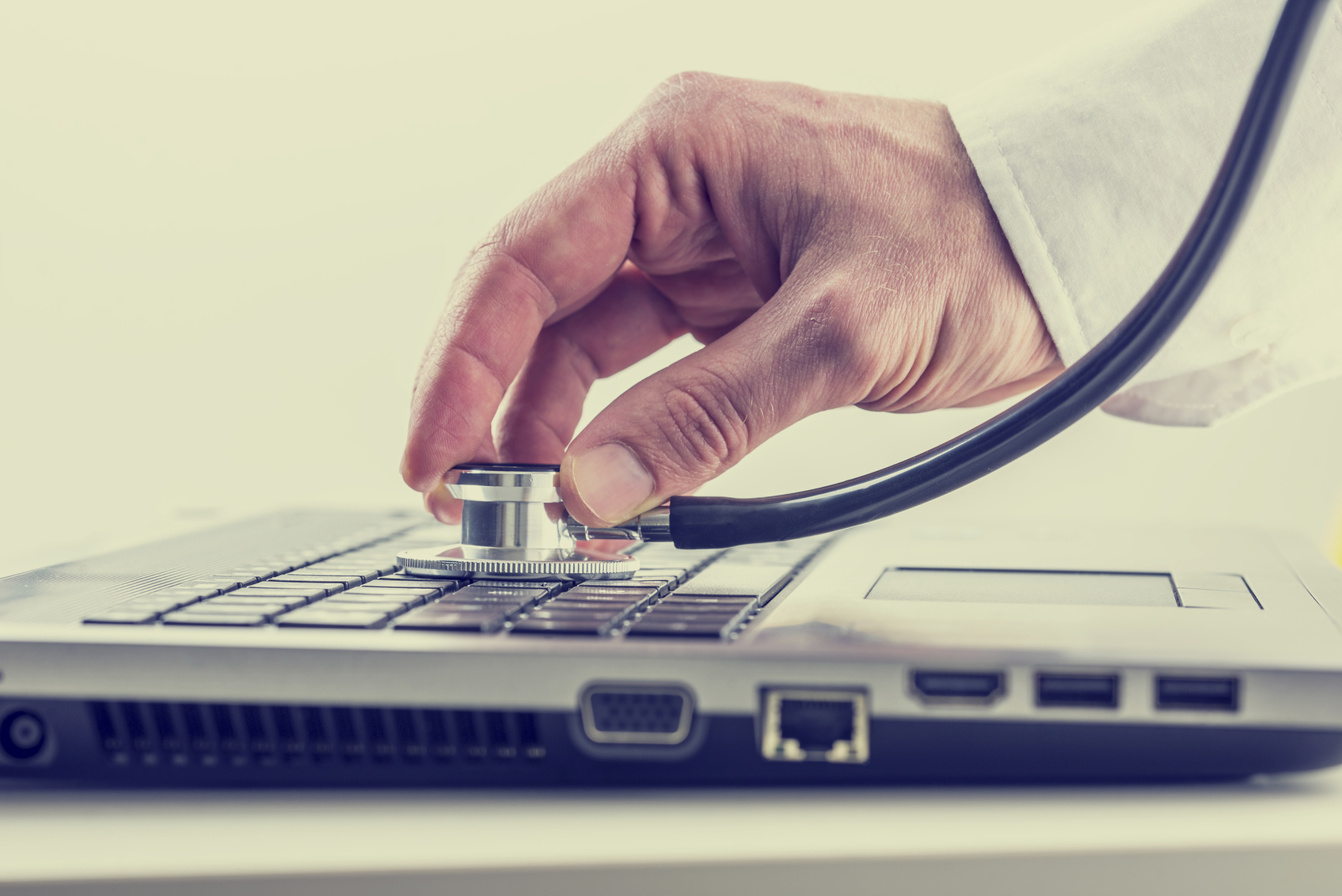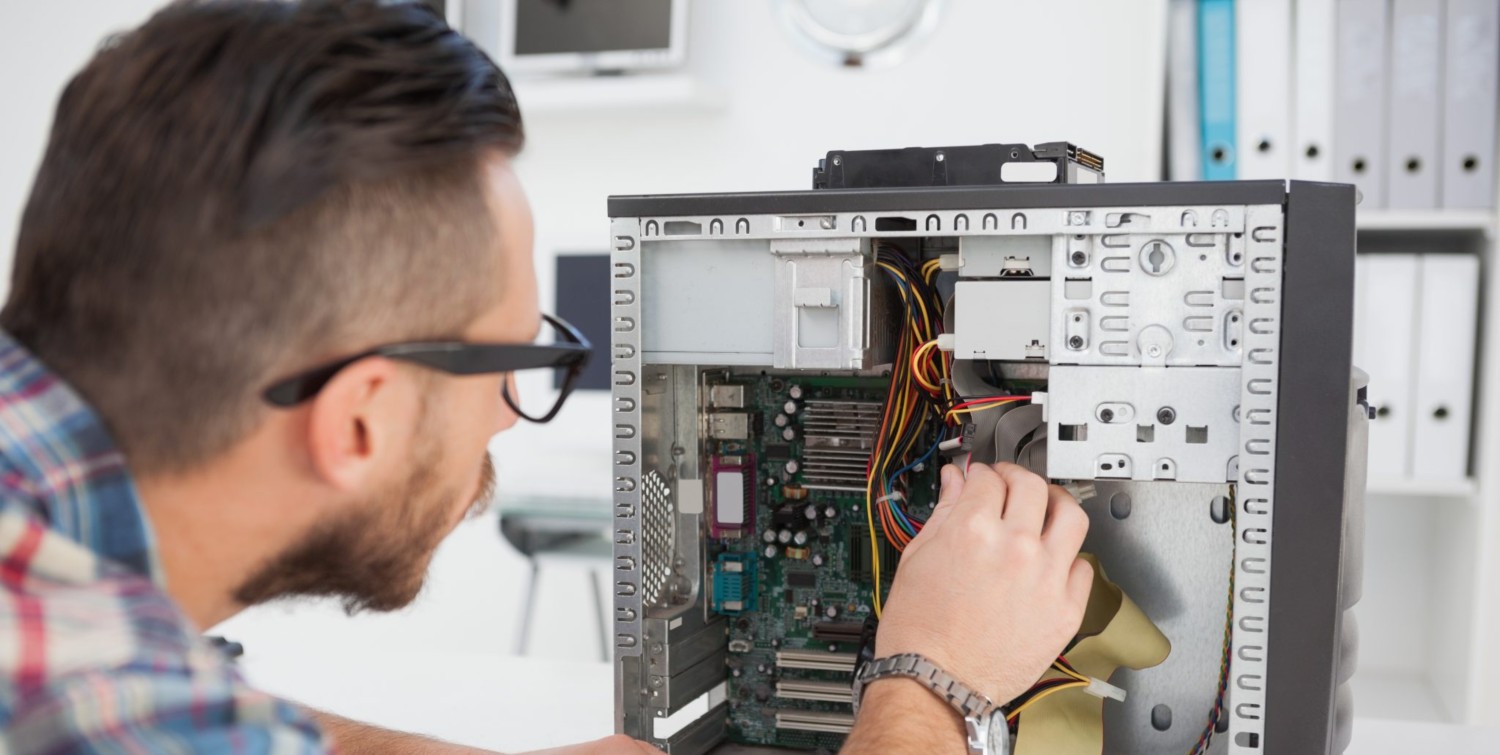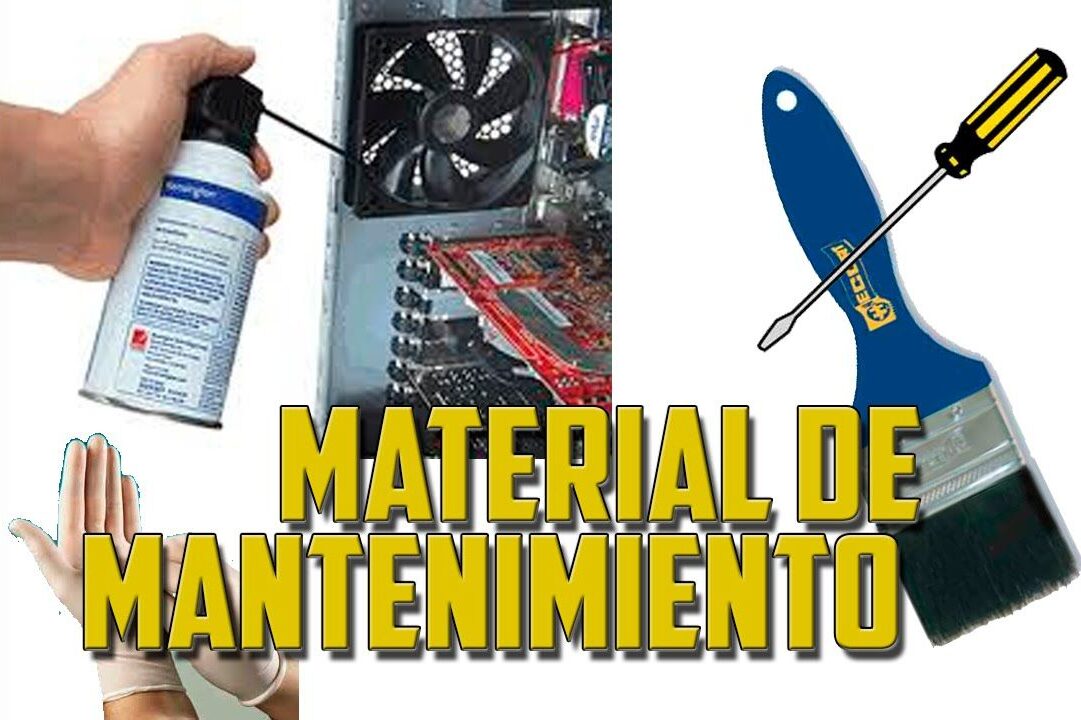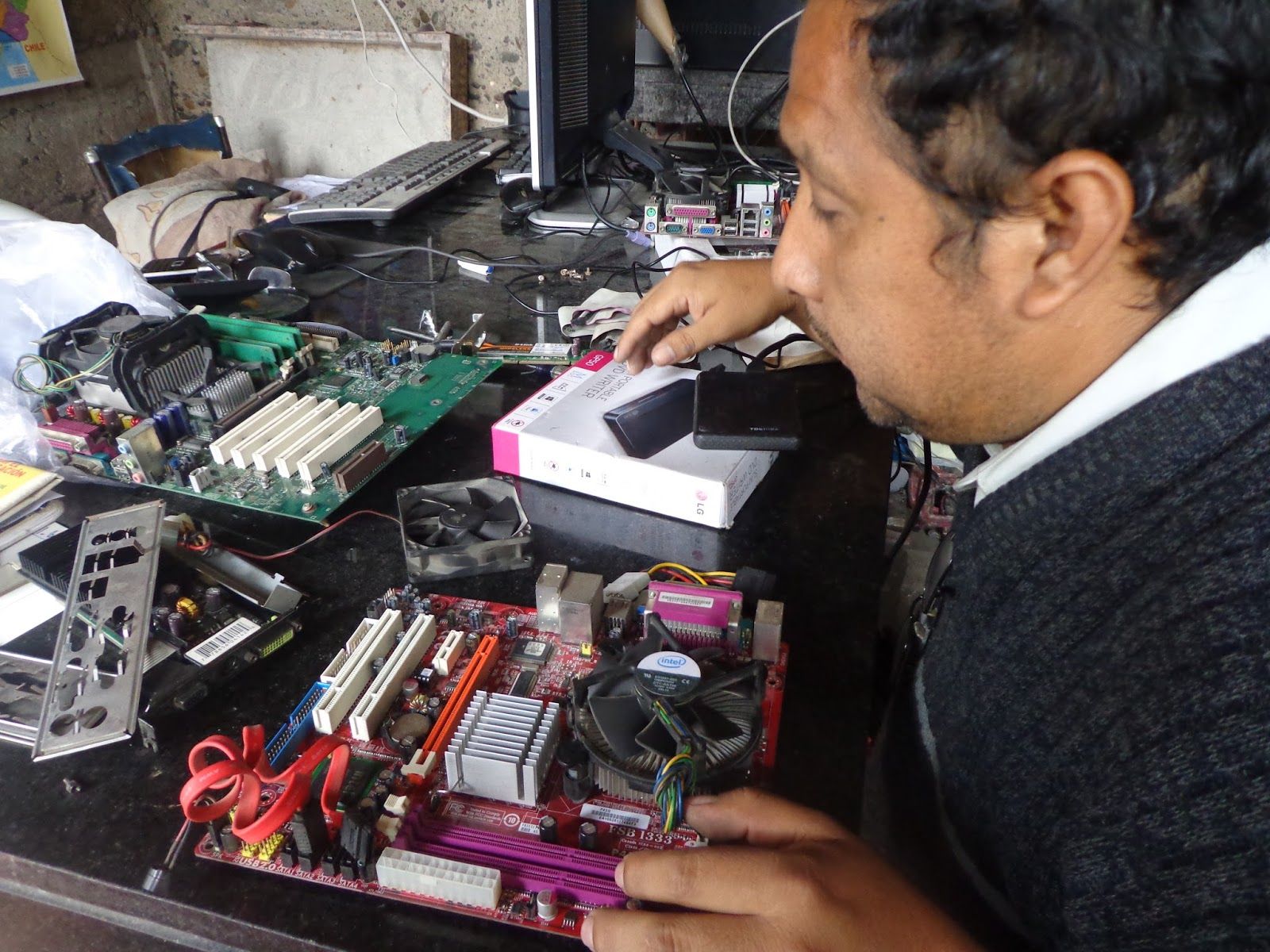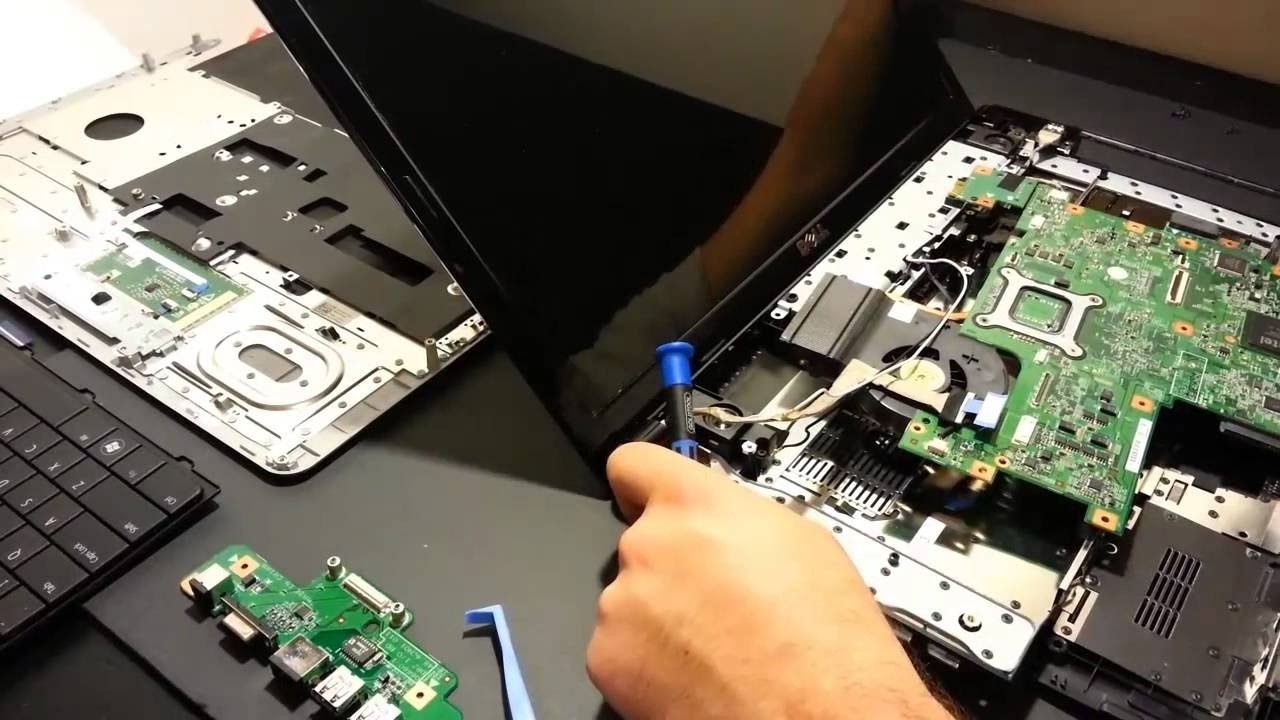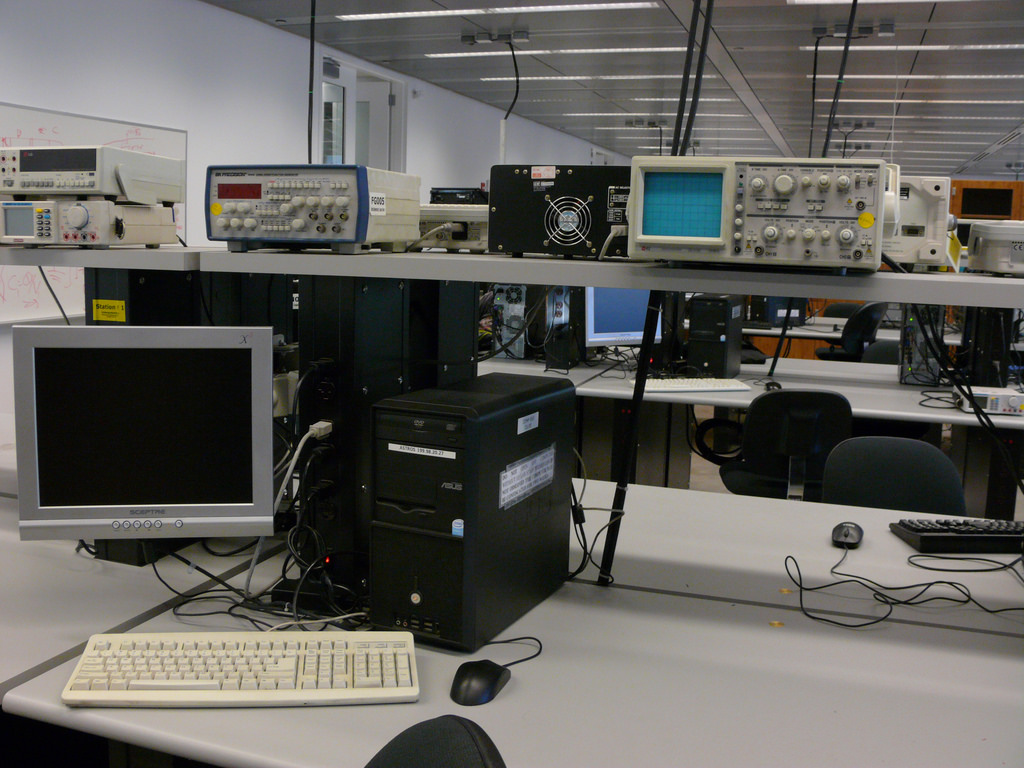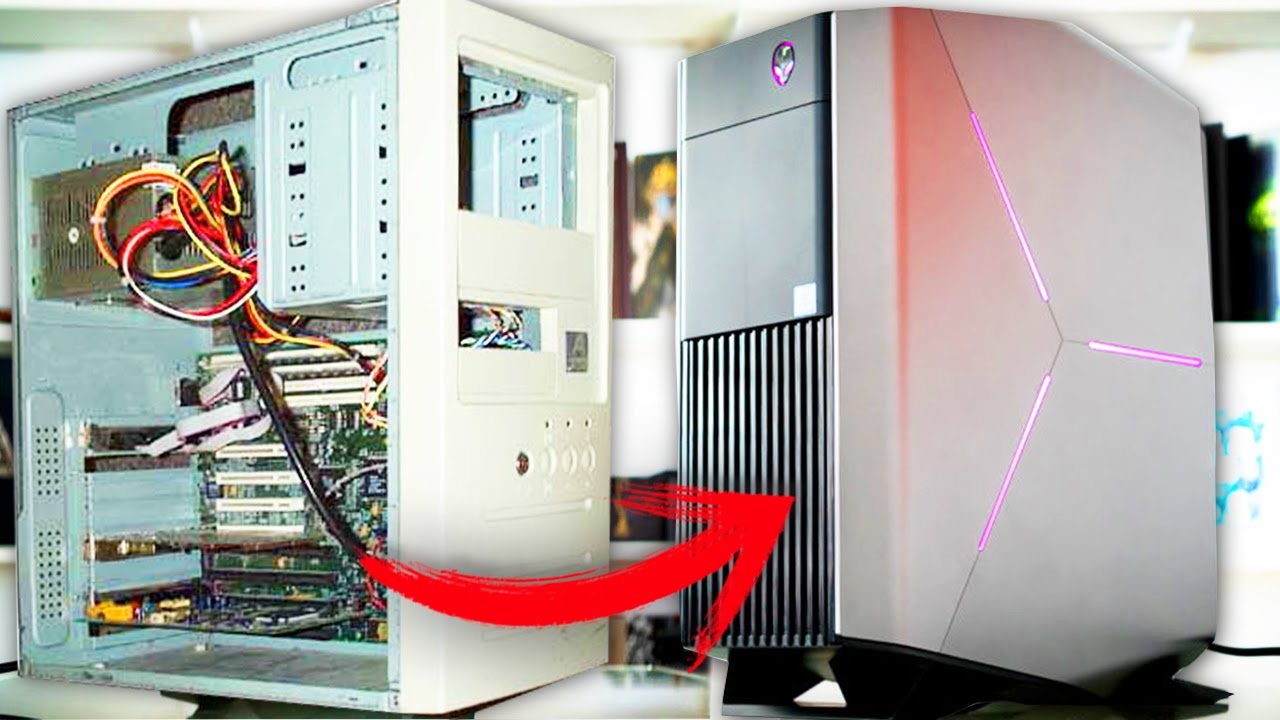Learn throughout this article the different steps for the preventive maintenance of a computer and avoid future problems. In this post you will learn all about these important tips for the basic maintenance of a computer, so follow us for more details.
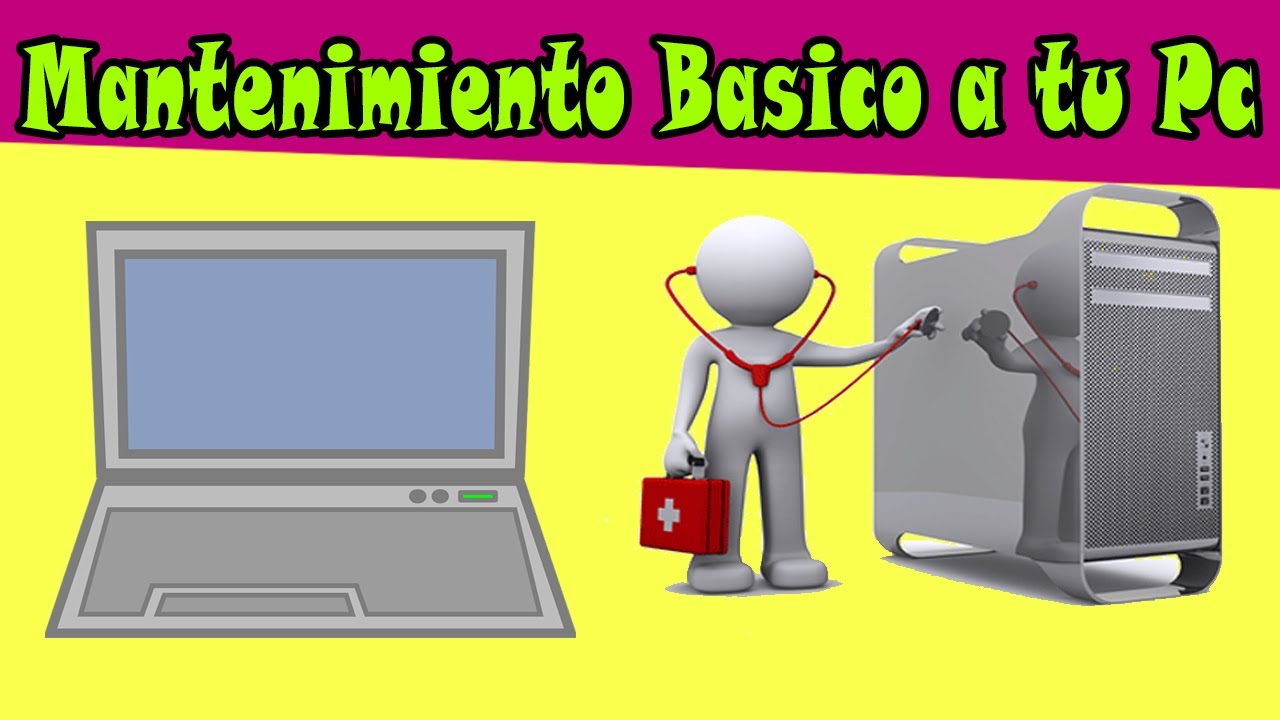
Steps for basic computer maintenance
The first thing we have to explain is that as time passes, it is normal for the PC to slow down and start to malfunction. The point is that we will give it the necessary attention and deliver it to the technicians before it "absolutely does not work". Why does the PC fail? Is it possible to prevent a technician from repairing the PC? But it really is necessary to go to extremes, why not avoid spending so much annoying or even uncomfortable money for users.
Now, as the name suggests, "preventive" maintenance is a set of operations performed on a computer with the purpose of "preventing" the computer from malfunctioning and extending the life of the equipment.
It depends on various factors:
Number of hours of work per day, type of activities (applications) in execution, environment of the installation activities (if there is dust, heat, among others.), General conditions (if they are new equipment or equipment of frequent use) and what that was obtained during the last maintenance.
Before doing preventive maintenance we have to have some safety recommendations:
- Do not wear rings or jewelry.
- Use antistatic handle.
- Use the right tools and be organized.
- Keep the workplace clean.
- Organize the components that have been dismantled.
Implements used for maintenance
In the next paragraph we will mention some tools that are used to make the preventive maintenance of a computer:
- Screwdriver:
They are useful for opening the cabinet or removing any part of the interior, preferably, they should be small and medium in size and, if possible, have a flat surface and another cross.
- A tip forceps:
It is best to use plastic clips, they are used to disconnect the internal components of the PC.
- Small containers:
These are necessary to place small parts to be removed during disassembly. These are usually just screws, but it is important to separate them and if possible you can mark the names of the corresponding locations on the container, so that we don't waste time figuring out which screws belong to which location during assembly.
- Notebook and pencil:
If we are not experts or do not have enough memory, it is recommended to make a schematic diagram of the arrangement of the elements before disassembling any equipment or cabinet, so that everything remains the same during assembly, since moving them can hinder the operation of the equipment.
- An antistatic wristband:
This is done to prevent electrical shock from the body to the computer, as this can damage any component of the computer.
- A small file:
Occasionally, as time goes by, some computers will produce some errors, so they need to be archived to make them work better.
- A 3 cm brush:
It is used to remove dust from certain components.
- An eraser:
This is used to clean the card, it is important to smooth it so as not to damage the card.
- Swabs:
They are used to clean very sensitive components such as storage drives.
- Cotton Cloths:
They are used to remove dust or use cleaning chemicals.
- Blowers:
This is a blower used to remove dust from PC components without damaging them or you can use a small vacuum cleaner.
- Antistatic bags:
It is very useful to have a small vacuum cleaner, because after cleaning each device, it can easily collect the removed dust and dirt to prevent it from returning to the computer or operating device environment.
Before starting preventive maintenance
- Check the hard drive with SCANDISK.
- If you have multimedia installed, you can use a music CD to test, which can determine if the speakers and drive are normal.
- Test all installed peripherals. Before beginning to disassemble the device, it is best to take a little time to determine the correct operation of the computer and its peripherals.
- When disassembling the system, you must handle the system screws with care. Not all positions are designed with screws, it is very important to clearly distinguish between thin and thick lines.
The main objective of the preventive maintenance of a computer It is not disassembling and reassembling, but cleaning, lubricating and calibrating the equipment. Elements such as dust are harmful to electronic components, especially moving objects such as motors and fans.
Precautions
- Do not place the computer directly in front of a source of heat or air conditioning.
- Do not place the system near a source of moisture that can fall or seep. This includes open windows through which rainwater can be opened, the lower the temperature, the greater the possibility of static electricity build-up.
- Do not store data files in the same directory or folder as the installed application.
- Don't just rely on one set of disks.
- Copy the original system disk, all disks and application installation data.
- Don't believe your memory. Keep a detailed log of your system settings to keep track of all changes made to your PC (no matter how small).
- Do not connect the PC or any of its peripheral devices directly to the power outlet. Instead, connect the system to one or more "surge protectors" or one or more UPS.
- Do not remove the application manually, whenever possible, use the uninstaller utility that comes with Windows or use the uninstaller that comes with the application you want to remove.
Why does a pc fail?
In the next paragraph I will tell you how to give it the preventive maintenance of a computer suitable for a pc, in 7 fundamental steps:
Internal cleaning of the PC:
At the time of cleaning, the input cable must be isolated from the computer source, all devices connected to the computer must be turned off, the peripheral device cable must also be isolated, and we must remove the side cover to see the parts internal.
The use of an antistatic wrist strap to do the repair or do preventive maintenance, it is very important to have it.
Use compressed air to blow air into all observed areas; the computer's power supply is the one with the most dust, so compressed air must be concentrated into the vents on the power supply.
Check the internal connectors (cable connection points) of the PC to make sure they are not loose. The same steps apply to RAM memory boards and modules; Poor contact can cause the PC to crash and restart.
Check the internal connectors of the PC:
Make sure they are firm and not loose. Also check if the expansion card and memory module are connected properly.
Cleaning the PC monitor:
It is recommended to turn on the PC monitor only when it needs to be repaired, because after turning off the computer, it stores a lot of energy, which can be dangerous. If this is not the case, just blow air through the vents and clean the screen and the filter, the net filter is enough, please wipe the screen with a dry, lint-free cloth.
Attend to the mouse and keyboard:
At the bottom of one or more mice, there is a lid that can be opened, just turn it in the direction indicated on the same lid, use a lint-free muslin cloth and the shaft to clean the inner ball and avoid any kind of particles attached to it.
If it is an optical mouse, always keep a clean pad (or use the pad position - this works for any type of mouse) and avoid particles blocking the lens.
For the keyboard, place it upside down and inject air between its keys to remove dust and foreign objects, there is no need to take out the keys, and they can be cleaned by passing thin paper soaked in liquid soap between them.
The Cd-Rom, dvd, Cd, Ram:
Since they all have laser equipment, it is not recommended to open them if you are not trained. There are specially designed discs for cleaning such lenses.
The outer surface of the PC and its peripherals:
For this activity it is advisable to use a small aqueous tissue in soap or a special substance that does not have alcohol or because of its corrosive effect, and then use the tools for maintenance.
Utility software:
Utensils or software artifacts of computer preventive maintenance are programs used to complement the functions of the PC, covering the needs of the user in all fields, such as information protection, organization and optimization of computer equipment.
We do maintenance periodically so that the software is not affected. This allows the pc to be optimized to improve the performance of the computer, and at the time of storing the data, that its integrity is not affected, also optimize the speed, correct failures in its initial state to extend and give it a service life .
The steps to perform optimal software maintenance are:
The steps to be taken to maintain the software are as follows:
SETUP review:
Correct SETUP settings can make the device start up faster, for example, by correctly setting the processor clock speed and multiplier, memory speed, dedicated video memory, and drive auto-detection. Also, certain faults in the connector can be detected.
Hard drive defragmentation:
The process of sequentially organizing files on the disk to optimize hard disk space and access files faster.
TMP file deletion (temporary):
It includes the removal of files generated by installed applications that are no longer used to free up hard disk space: temporary files, Internet caches, and unnecessary program files that can be safely deleted.
Running Antivirus:
The system must be scanned to find viruses and programs that may cause system instability or poor computer performance, although this does not guarantee their existence (because the antivirus software is outdated or cannot be detected), because there is no 100% antivirus cash.
Emptying the recycle bin:
All files deleted from PC will go to this directory so they can be accessed in case of accidental deletion, but they still take up hard drive space. For this reason, it is recommended to permanently delete them at least once in a while to keep files clean and avoid accumulating unused files.
scandisk:
Software created by Symantec to verify the integrity of the physical surface of a hard drive and the file system stored on it.
Backup:
Windows has tools (backups) through which you can select which files and directories were backed up and which drive to copy the backup files to. However, this can be done manually or with other tools such as: Acronis, Cobian Backup or Nero BackItUp.
Other maintenance tasks
- In the field of operation, the reconfiguration of the computer and the main program it uses.
- Check the system resources, memory, processor, and hard drive.
- Optimize the speed of computer performance.
- Eliminate computer viruses.
- Eliminate temporary windows and the Internet.
- Delete or cancel obsolete files or files started by the system, which are uploaded to the computer without any purpose.
- A complete report of the maintenance performed on each device.
- List of CPU components and peripheral equipment.
- The result of observing the operating environment can be improved.
- Format and reinstall the operating system and its corresponding software and hardware settings (if necessary).
- Windows Internet and network settings.
Attitudes and values when doing maintenance
- Honest reception team.
- Commands to detect features presented outside the device.
- Compliance with safety regulations.
- Get organized in your workplace.
- Handle tools with care.
- Be careful when removing parts from the pc.
- Clean the outer and inner surface of the CPU carefully.
- Good problem solving.
- Honest when assembling.
- Responsible for delivery on time in good condition.
Steps of the maintenance program
- The equipment incorporated in the program preventive maintenance of a computer it should be on the equipment list.
- A standard table (frequency of preventive maintenance) is required.
- This table will tell the system how often to generate work orders or PM diagrams, and how often to create other parameters for the schedule.
- You need to plan and organize your work orders from computer preventive maintenance for your operators and contractors, and your plan will require transactions and activity codes.
Motherboard Sounds
This is a compilation of the Places PC "Beep Beep" error code, through which we can solve many problems without bothering and without a POST card.
Generic codes:
No sound: No power.
Continuous beep: power cut.
Continuous beeps - The motherboard is damaged.
Continuous long beeps - Memory is bad or CMOS is bad.
Long beep: Insufficient or missing memory.
1 long and 1 short - The motherboard or basic ROM is faulty.
1 long and 2 short - The video card is defective or does not exist.
1 long and 3 short: EGA card failure.
2 long and 1 short: Image sync failed.
Two short beeps are emitted: RAM parity error.
Three short beeps: The first 64 KB of RAM has failed.
Four short beeps are emitted - Timer or counter malfunction.
5 short: processor or video card failed the test (may cause problems).
6 short: keyboard controller failure. This error is very common when the keyboard is removed with the computer turned on.
Short Tip 7: AT Processor Virtual Mode Active, Processor ID / Exception Error.
8 short: video RAM write failure.
9 short: ROM BIOS checksum error.
10 short beeps: CMOS error. IBM code.
Two short beeps sound: details of the error are displayed on the screen.
Continuous beep: Same as general code: power cut.
Three long beeps: keyboard failure.
BIOS AMI code
Brief 1: DRAM update error.
2 short: parity error.
3 short: the first 64 KB of RAM is wrong.
4 short: clock error.
5 short: processor error.
6 short: keyboard error; similar to the general code.
8 short: graphics memory error.
BIOS reward code
1 short tone and 1 long tone: video error.
1 short and 3 long: keyboard error.
Phoenix BIOS code
The script is a pause! 1-1-2:
Processor verification failed. 1-1-2: discreet.
The motherboard is faulty.
1-1-3: CMOS access error.
1-1-3: discreet.
CMOS extended memory fault.
1-1-4: BIOS checksum error itself.
1-2-1: Error in PIT (programmable interval timer).
1-2-2: DMA controller failure.
1-2-3: Cannot access DMA.
1-3-1: RAM update error.
1-3-2: The first 64 KB of RAM cannot be verified.
Dear reader, if you want to continue reading about our articles, read: Lighting Control systems.
